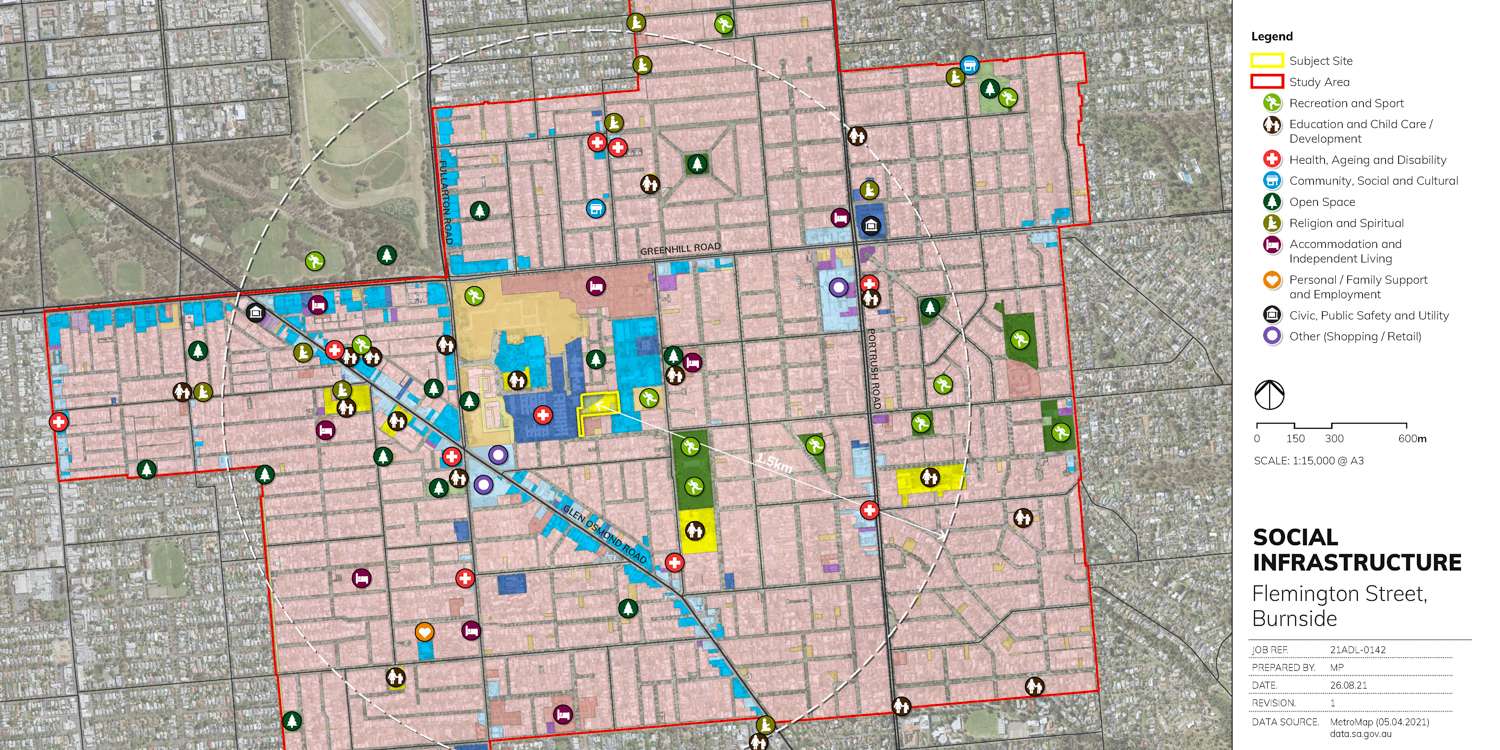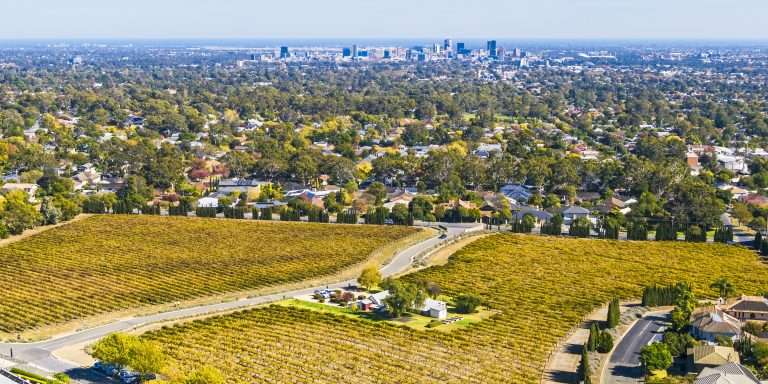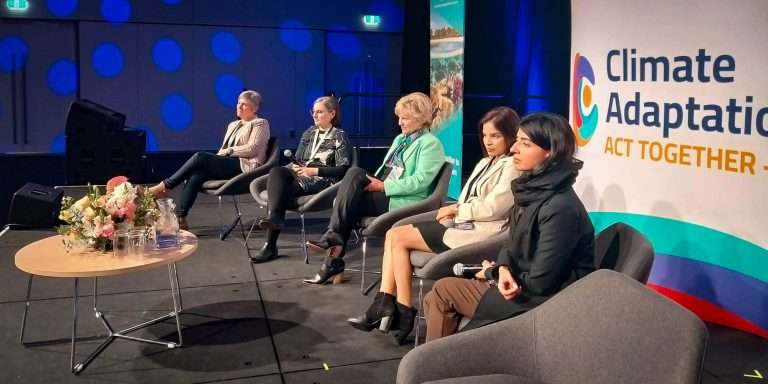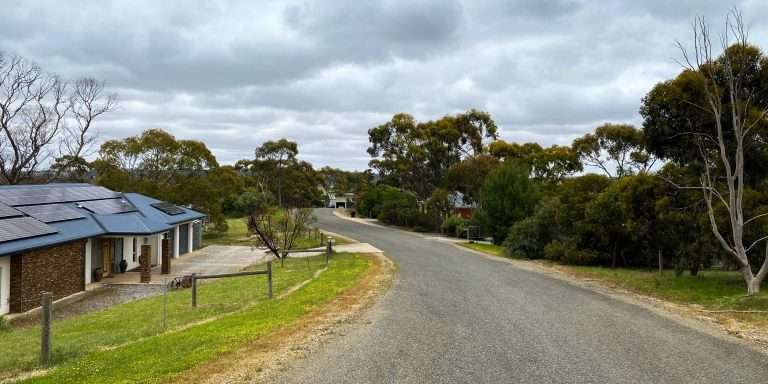A wide range of people/organisations can initiate amendments to the Planning & Design Code in addition to the State Planning Commission and local Councils. Code Amendments change the way provisions of the Code affect land to create development opportunity for different uses, more building height, increased density etc.
A good example of a proponent-led Code Amendment is on Flemington Street, Glenside. The site contains a synagogue and former primary school which has left the majority of the site dormant. Other development in the neighbourhood includes a range of housing types and health/educational/shopping facilities.
URPS’ experience implementing the Community Engagement Charter for Code Amendments came into play with a targeted approach involving door knocking, surveys and fact sheets for neighbours. The engagement program helped to tailor the proposed Code provisions to achieve appropriate development yields and form. It also helped smooth the way for the formal consultation on the Code Amendment.
Our history in and around Glenside also proved valuable, having rezoned the former Glenside Campus and facilitated approvals for much of the excellent development across that land e.g. Cedar Woods infill housing, the South Australian Film Corporation/Adelaide Studios and Glenside Health Facilities.
All of this adds up to a clear, robust and efficient Code Amendment that hits the mark. We are looking forward to its ratification through Government shortly.



